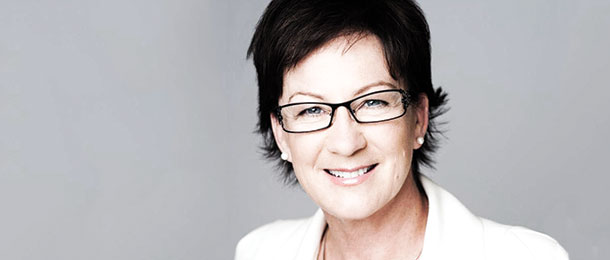The timing could not be better. On 15 July, the Financial System Inquiry’s (FSI) interim report is due to be handed down, and just one week later, Jordan George, SMSF Professionals’ Association of Australia (SPAA) technical and policy senior manager, will address the opening SPAA State Technical Conference in Sydney on just what it all means. He will then follow up in Brisbane on 23 July, followed by Melbourne on 29 July, Adelaide on 30 July and Perth on 5 August.
Based on the previous two major inquiries into the financial system – Campbell and Wallis – that could be quite a lot. Remember it was the Campbell inquiry in the early 1980s that paved the way for the deregulation of the financial system and it was the Wallis inquiry in the mid-1990s that laid the groundwork for the current regulatory framework. The Campbell and Wallis inquiries are now part of the financial industry’s history, and no doubt David Murray, the head of the current inquiry, will want a similar legacy.
Remember, too, that when Wallis handed down his report in 1997, compulsory superannuation was in its infancy; today it’s a $1.8 trillion gorilla and SMSFs comprise about one-third of those funds under management. This weight of money, which will grow exponentially as the superannuation guarantee rises, is almost certain to occupy the attention of the FSI – and what it all means is exactly what participants at the technical conferences in the five mainland capitals will hear. It’s not just what the FSI says about superannuation in general, and SMSFs more specifically, that George will address, but also how SPAA plans to respond to the interim report will also be a key focus.
The FSI is one of a range of issues that will occupy George’s keynote address to participants. Considering the budget was only handed down in May and Finance Minister Mathias Cormann recently made an important announcement about the Future of Financial Advice (FOFA) reforms, the conferences could not be happening at a more opportune time.
In particular, FOFA has been dominating the news in recent times; the conference will provide the perfect opportunity to clinically dissect what the government’s amendments really mean for the industry, particularly in your practice, and the views of SPAA, which has played a leading role in the discussions.
To further whet your appetite, other topics will include SuperStream, including where we are up to and what do SMSFs need to be doing. As always, Australian Taxation Office (ATO) determinations and rulings that are important to SMSFs will come under the microscope. It will include the interpretation of the segregated pension assets rules; limited recourse borrowing arrangements (LRBA) and in-house asset rules; and its interpretation of the non-arm’s-length income rules and LRBAs.
Indeed, the industry was recently reminded of just how important it is to keep abreast of what’s emanating from the ATO when the commissioner issued a warning that there would be greater ongoing examination of SMSFs and their auditors, especially those funds identified as high risk – to use the ATO’s terminology. The ATO’s warning simply reinforced one of SPAA’s ongoing mantras – having a skilled, independent auditor is critically important for every SMSF trustee.
Although superannuation did not grab the headlines in the recent budget, there were some significant announcements, including changes to social security arrangements (including the new eligibility for the Commonwealth Seniors Health Card); the ability to refund excess non-concessional contributions; and changes to the superannuation guarantee.
It’s not all about Canberra, however. SPAA technical and professional standards director Graeme Colley, and his hardworking team, have pulled together a program that will both challenge and stimulate participants, just as this event has done in previous years. Other topics include planning for a trustee’s mental incapacity; in-house asset rules and related-party transactions; actuarial modelling meets retirement planning; and family law.
Before the technical conferences kick off in Sydney, the SPAA-Macquarie report into the SMSF sector will be released. This will be the third successive year SPAA has joined forces with Macquarie to produce a report on the state of the sector, with this year having a particular focus on how firms can best structure their businesses. It should be compulsory reading for all SMSF professionals.
SPAA’s technical conferences play an integral role in underpinning the association’s commitment to encouraging professionalism in the SMSF sector by supporting its members to achieve excellence in their education, knowledge and skills. And as recognised industry leaders they need to continue to challenge themselves to remain the advisers of choice.



